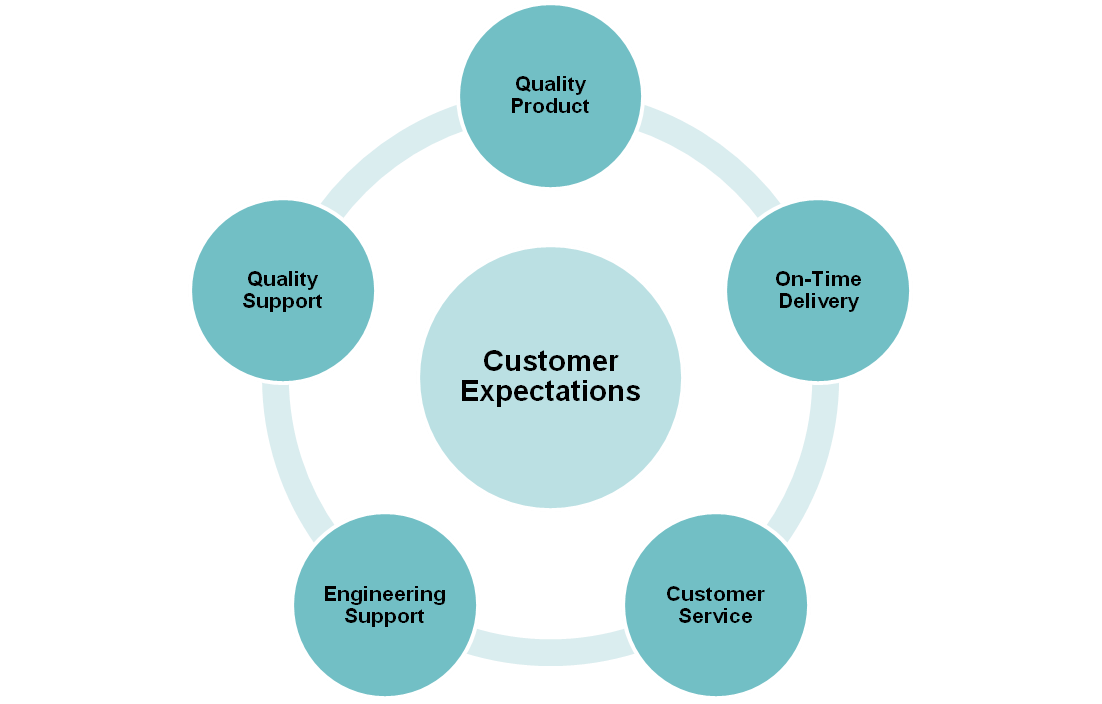Agile Software Management Economic Unit Principles
- Working software as a minimum shippable product
- Working software that is continuously delivered creates visibility into the process and helps eliminate wasted time and resources (i.e. money) [1]
- Responding to Change
- “If we built the wrong thing, we can stop wasting money on that path.” [3]
- Risk is reduced because business is more able to rapidly respond to change and adapt to changing competitive and technological landscape [1]
- Customer collaboration [2]
- Customers and business gets better product in the end with Agile because their needs are addressed continually. Happier customers = healthier business finances
- Customer collaboration creates transparency and trust with them, resulting in evangelists for the business/software and more demand for your software [3]
- People and interactions over processes and tools
- Agile prefers small, cross-org teams over monolithic large teams, leading to faster decisions and mitigation of risks of bad decisions. [3]
- This has an indirect financial impact that ties in with less wasted resources
- Focus on people, both internal and external (employees and customers), results in many social benefits such as sense of ownership, flexibility in approach, dynamic adaptability, and trust with customers. Happier people = better product = happier customers = better business value
- Agile prefers small, cross-org teams over monolithic large teams, leading to faster decisions and mitigation of risks of bad decisions. [3]

Figure 1. Agile focus on customers and people allows for rapid adaptation to customer expectations, as illustrated. Source: [11]